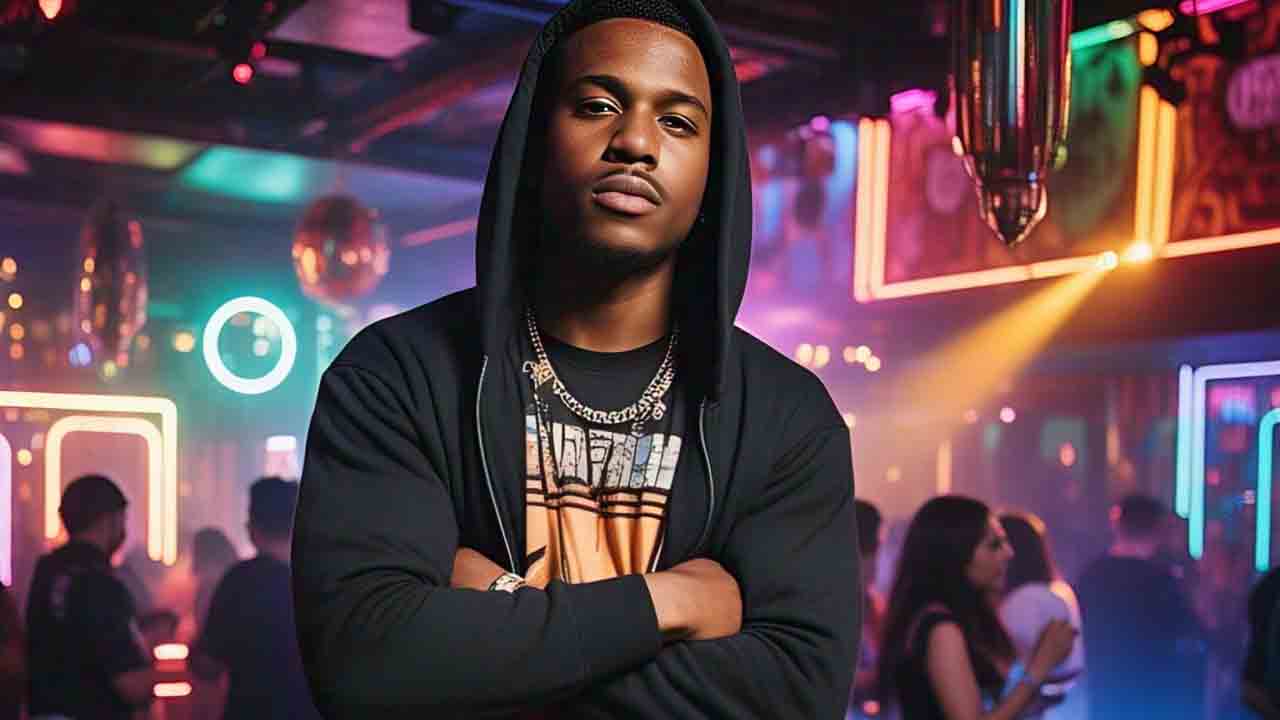
Clubdelisa – Nightlife fashion has always been a dynamic reflection of society’s changing tastes and cultural shifts. In recent years, the way we dress for a night out has evolved drastically, especially in the clubbing scene. What was once a strictly formal affair has now transformed into a space where streetwear, creativity, and personal expression are celebrated. Today, club dress codes are increasingly diverse, embracing a more inclusive and varied approach to fashion.
Gone are the days when high-end nightclubs demanded formal attire or tuxedos for entry. In recent years, nightlife fashion has seen a dramatic shift towards streetwear, which has become a dominant trend even in some of the most exclusive venues. From designer sneakers and oversized hoodies to graphic tees and distressed jeans, streetwear has infiltrated the elite clubs, replacing more traditional looks.
This transformation has been driven by the growing influence of hip-hop culture, social media, and the rise of celebrities and influencers who often sport casual, laid-back styles. The mix of high fashion and streetwear has blurred the lines between luxury and casual wear, making it acceptable to pair a pair of high-end sneakers with a tailored blazer or dress. These days, the message is clear: style is about personal expression rather than adhering to rigid standards.
Despite the rise of streetwear, formal dress codes are far from extinct in the nightlife scene. Many upscale nightclubs and high-profile events still uphold strict dress codes, requiring patrons to dress in a polished and sophisticated manner. Nightlife fashion in these venues tends to favor tailored suits, cocktail dresses, and elegant accessories, aiming to maintain an air of exclusivity and luxury.
“Z-Wave’s New Era: Long Range and Open Protocols”
For many, the formal dress code is not just about fashion but about the experience. The ritual of dressing up, especially in glamorous venues, is seen as part of the allure of the nightlife experience. Whether it’s a black-tie gala or an upscale nightclub, these venues emphasize sophistication and elegance, making them the preferred choice for those looking to immerse themselves in a luxurious nightlife atmosphere.
In recent years, nightlife fashion has embraced a more inclusive and diverse approach. Clubs, once notorious for having rigid dress codes that excluded certain groups. Are now more open to different subcultures, identities, and expressions. Designers and fashion-forward partygoers are increasingly looking for ways to integrate diverse styles into their looks, whether it’s through androgynous fashion, vintage pieces, or avant-garde designs.
This openness has been particularly noticeable in the LGBTQ+ community and among younger generations who prioritize individuality and self-expression. The once strict rules around what is considered “appropriate” or “acceptable” for clubwear are being redefined. With creativity now taking center stage. This inclusive approach has led to a more relaxed and welcoming atmosphere at many venues. Where everyone feels free to express themselves through their clothing, regardless of gender, body type, or social background.
The evolution of nightlife fashion is a testament to the ever-changing nature of cultural and social norms. From the rise of streetwear in elite clubs to the continued prominence of formal attire in high-end venues. Dress codes are more fluid and diverse than ever before. Whether you’re rocking a tailored suit or a graphic tee. The most important thing in today’s club fashion scene is confidence and authenticity. As clubs and venues continue to embrace a wider variety of looks. Nightlife fashion is set to become even more exciting, expressive, and inclusive.
“Smart Features: Merging Style with Innovation”